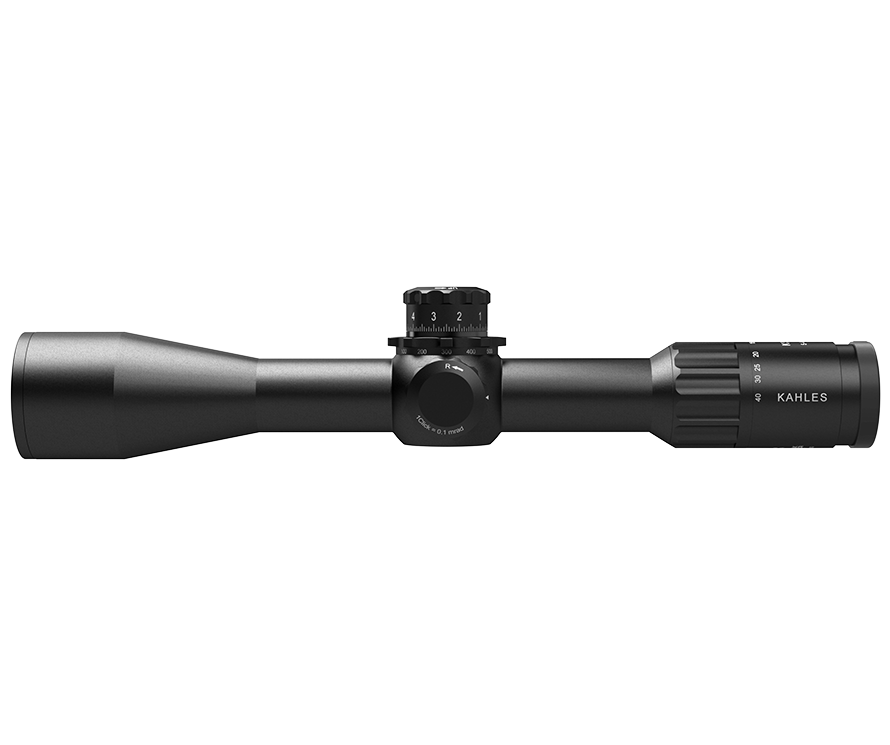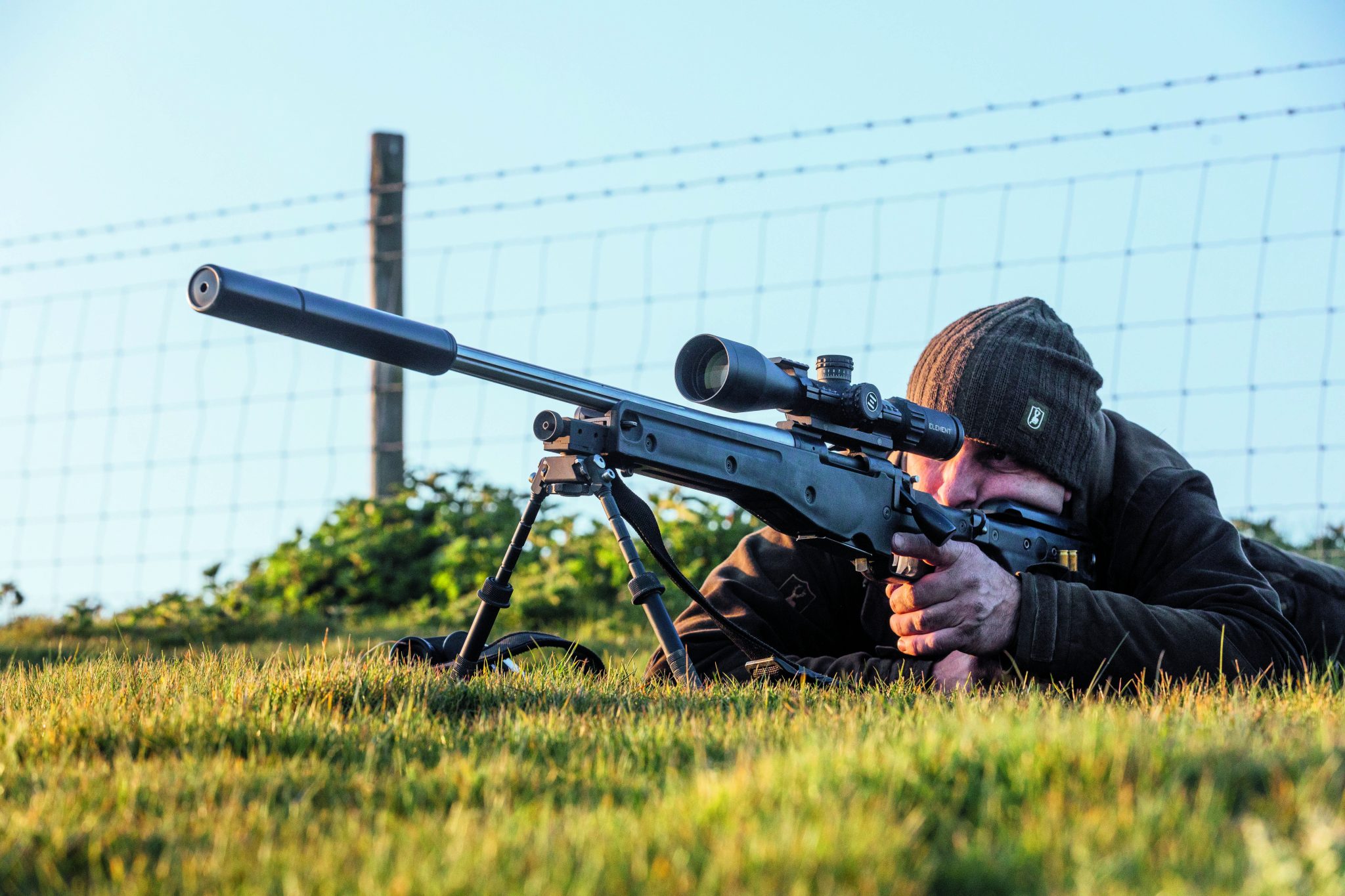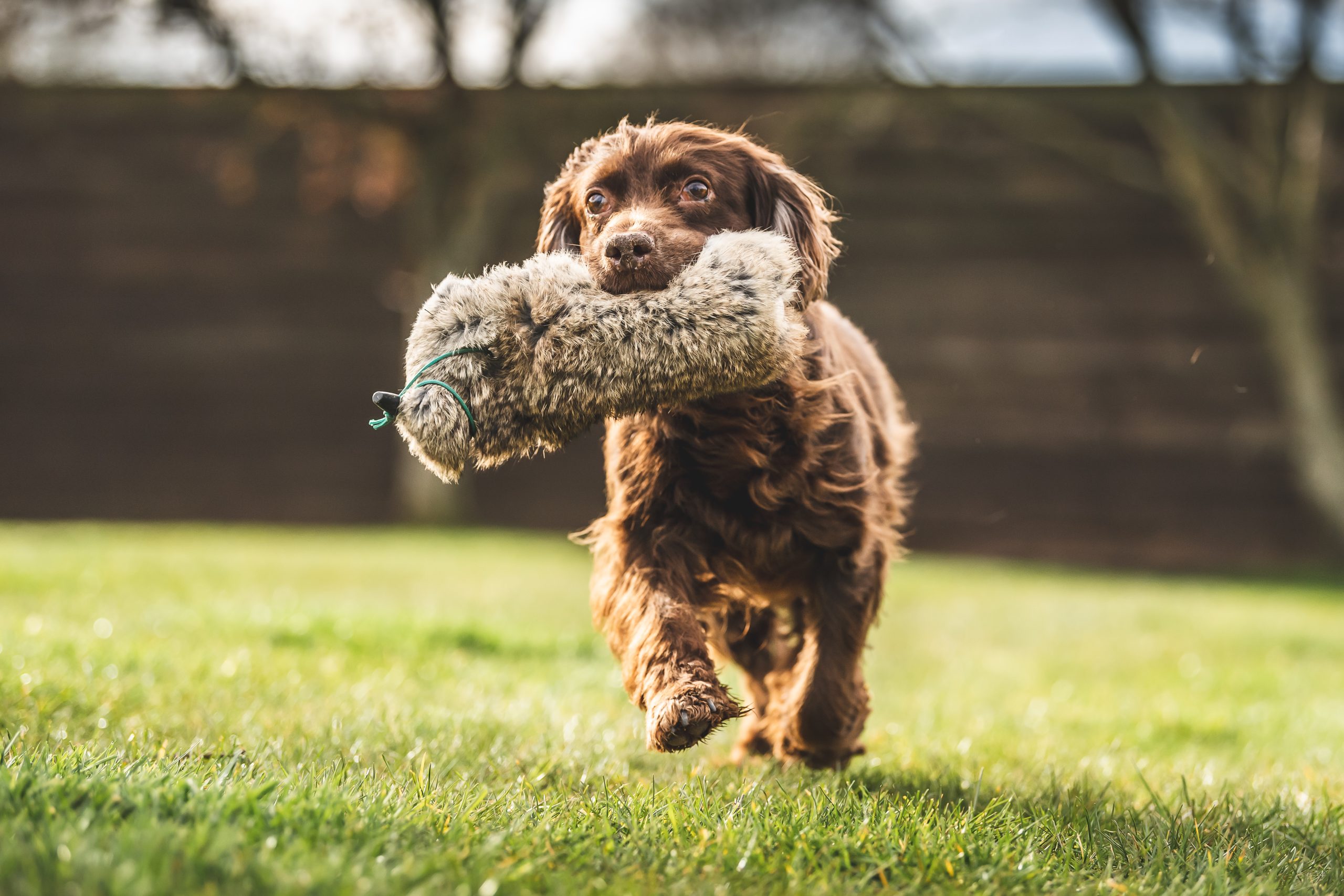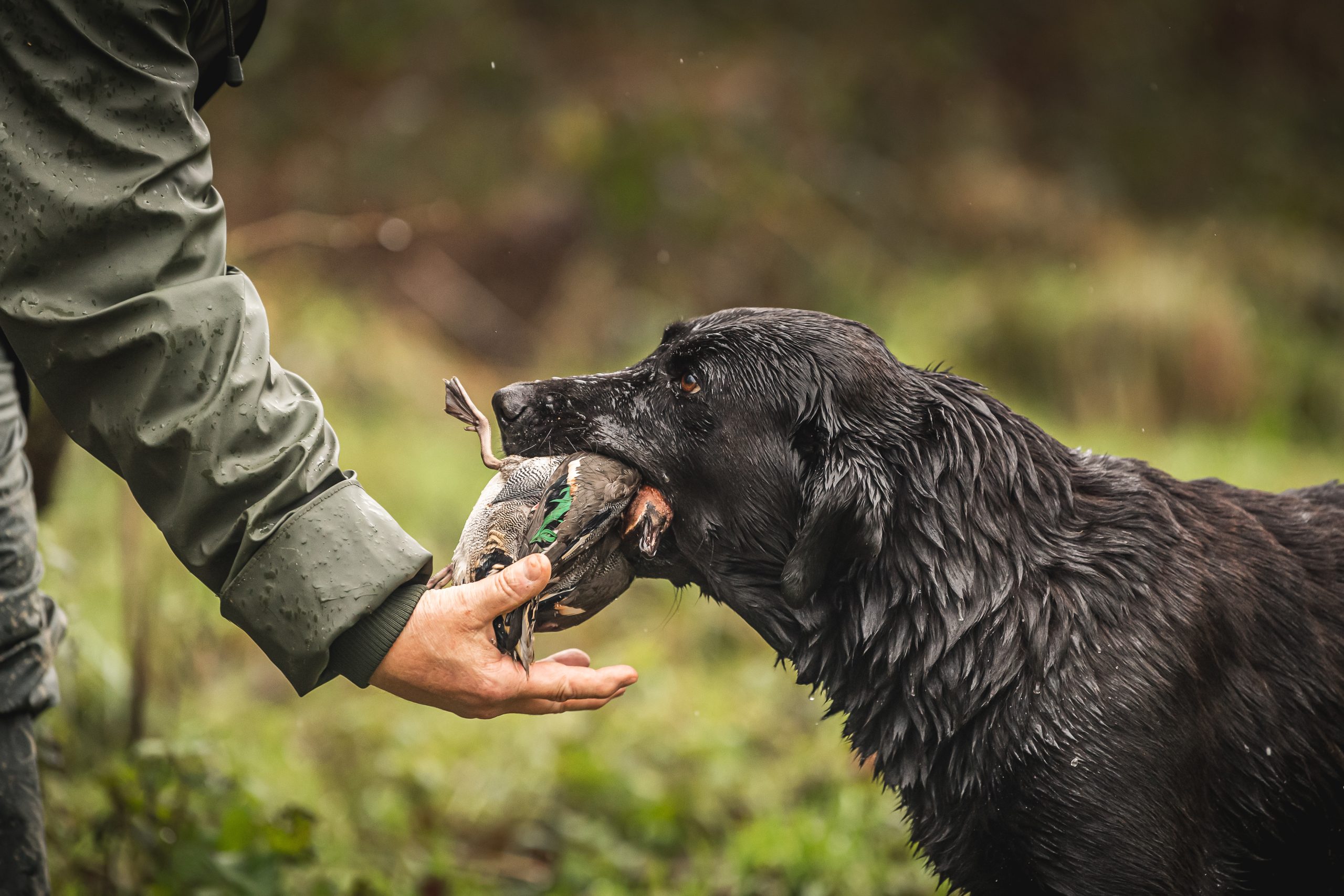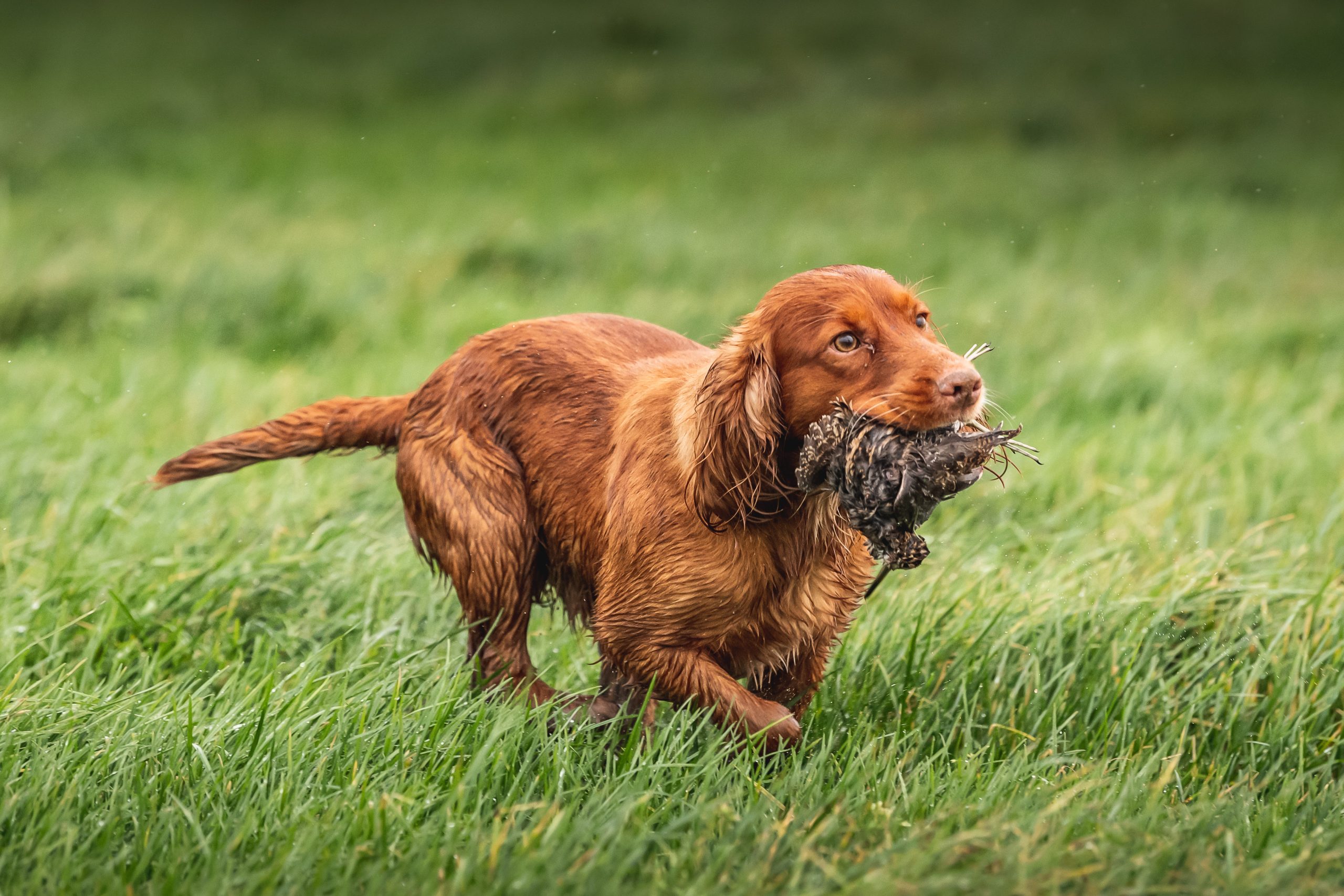Gundog news
Gundogs
Dog collapsing: what causes it and what should you do if it happens?
Would you like to speak to our readers? We offer sponsored articles and advertising to put you in front of our audience. Find out more.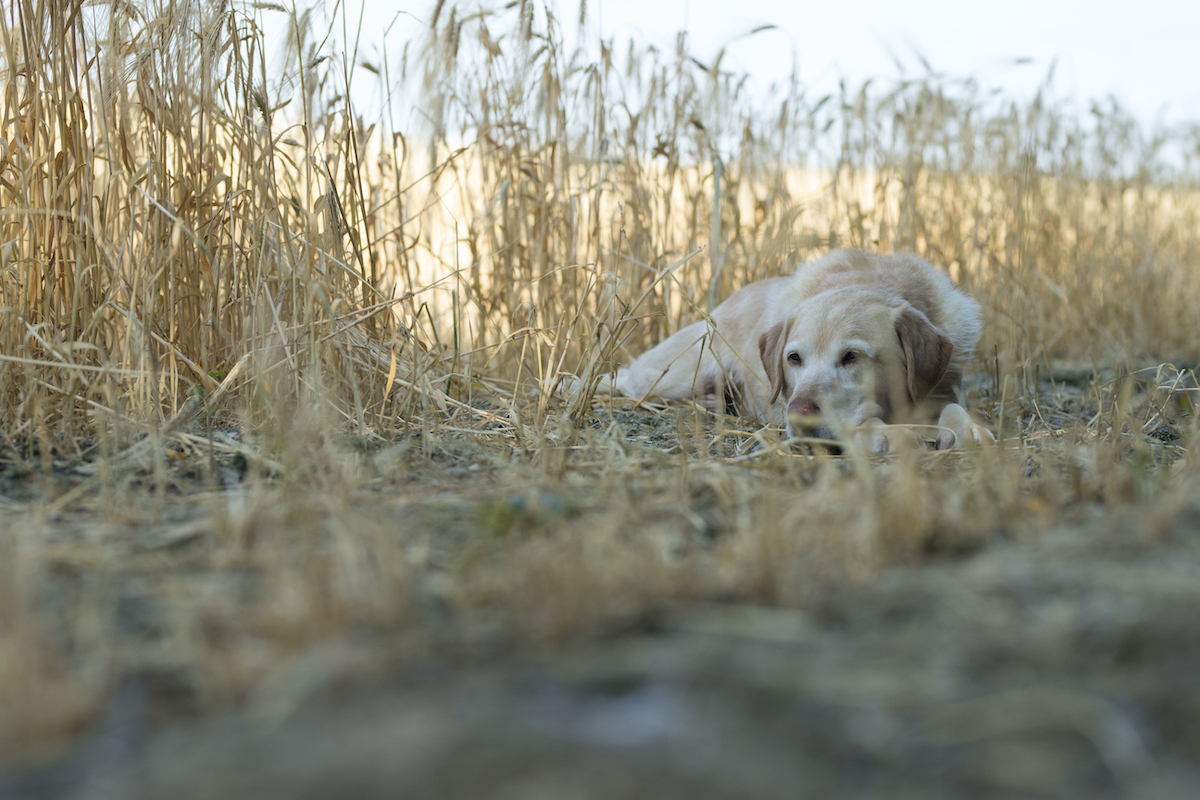 Labrador resting in the shae
Labrador resting in the shae
There are various causes for a dog collapsing and it’s upsetting to see. Prompt action is needed. So what should you do if you experience a dog collapsing? (Read best energy bars for dogs.)
Occasionally a dog will collapse during or immediately after strenuous exercise, particularly an excitable dog ‘given its head’ in the beating line. You may see some early warning signs of an imminent problem if the dog looks a little wobbly and spaced out, but some dogs may simply become weak and then literally fall over. (Read dog first aid you need to know.)
Breathing
If the dog has collapsed, make sure it is able to breathe easily; so extend the head and pull out the tongue to maintain a good airway. Then give the dog glucose or something equally sugary; ideally sprinkle glucose powder or smear glucose syrup or honey on the lips, gums and under the tongue. Glucose and similar sugars are absorbed from under the tongue and through the inner lining of the lips and mouth, so a boiled sweet in the dog’s mouth in contact with these surfaces will be sufficient to let the dog to absorb the sugar directly into its bloodstream. (Read how often and how much should I feed my dog?)
Keep the dog warm and wrap it up to prevent it from losing heat . Once the dog has recovered, try to see if it will eat something sugary or let it drink glucose or at least sugar mixed in water. The first time a dog suffers this condition, give it no further exercise until it has been checked by a vet. Most dogs can continue to be worked thereafter, but with precautions to prevent their blood-sugar levels dropping too far. Some dogs (particularly, but not exclusively, retriever breeds) suffer from a genetic disease called exercise induced collapse, which is more serious and generally renders them unsuitable as working gundogs. (Read hypothermia in dogs.)
Related articles
Gundogs
Saying goodbye to a gundog
It’s the most difficult of subjects but here Tom Jones faces up to the sad reality of losing a beloved gundog and realises just how much they give us.
By Time Well Spent
Gundogs
How to curb nerves on your first working test
What can gundog handlers learn from sport psychology? Novice handler Emily Cartigny tries to curb the nerves in her first working test.
By Time Well Spent
Manage Consent
To provide the best experiences, we use technologies like cookies to store and/or access device information. Consenting to these technologies will allow us to process data such as browsing behavior or unique IDs on this site. Not consenting or withdrawing consent, may adversely affect certain features and functions.
Functional Always active
The technical storage or access is strictly necessary for the legitimate purpose of enabling the use of a specific service explicitly requested by the subscriber or user, or for the sole purpose of carrying out the transmission of a communication over an electronic communications network.
Preferences
The technical storage or access is necessary for the legitimate purpose of storing preferences that are not requested by the subscriber or user.
Statistics
The technical storage or access that is used exclusively for statistical purposes.
The technical storage or access that is used exclusively for anonymous statistical purposes. Without a subpoena, voluntary compliance on the part of your Internet Service Provider, or additional records from a third party, information stored or retrieved for this purpose alone cannot usually be used to identify you.
Marketing
The technical storage or access is required to create user profiles to send advertising, or to track the user on a website or across several websites for similar marketing purposes.

